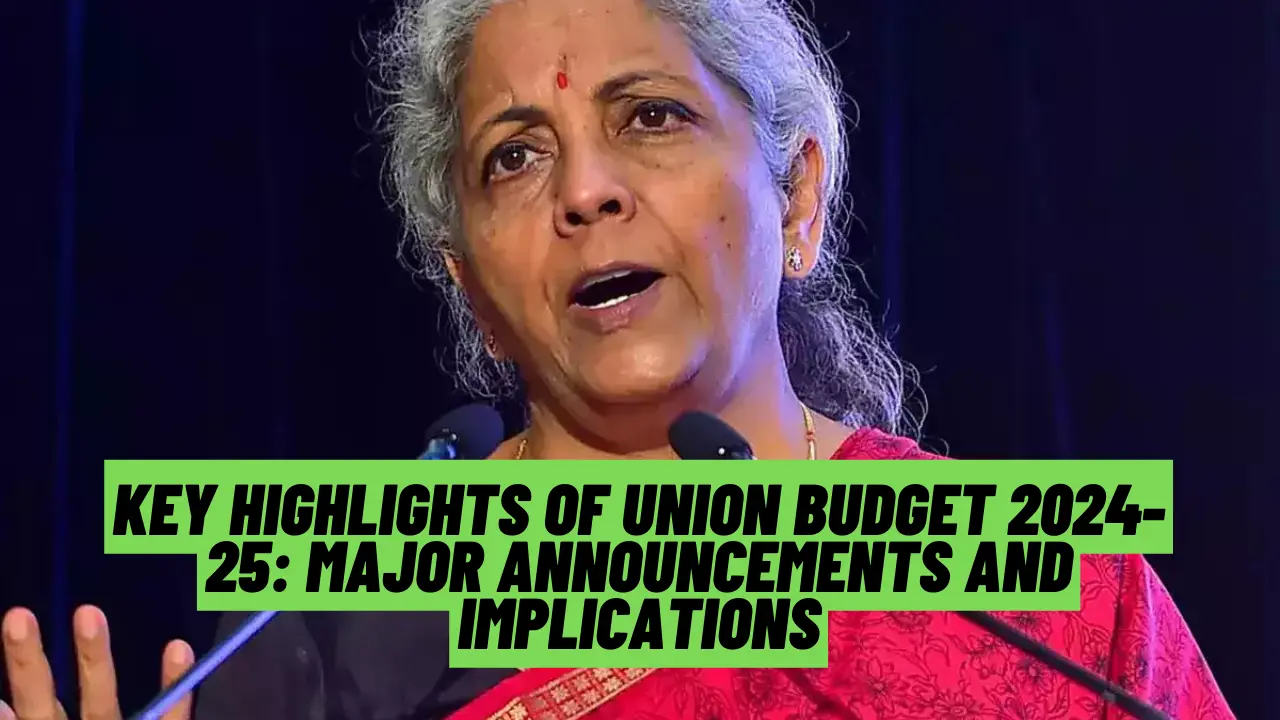When we think of value investing, names like Benjamin Graham and Warren Buffett often come to mind. However, in India, the title of “Father of Value Investing” belongs to a man who quietly but profoundly influenced the Indian investment landscape—Chandrakant Sampat.
Early Life and Investment Philosophy
Chandrakant Sampat was born in 1929 and began his investment journey in the 1950s, a time when the Indian stock market was in its nascent stages. Unlike many of his contemporaries, Sampat had a unique approach to investing. He was a voracious reader and a deep thinker, often spending hours analyzing companies and their financials. His investment philosophy was heavily influenced by the principles of value investing as propagated by Benjamin Graham, focusing on buying undervalued stocks with strong fundamentals.
Pioneering Value Investing in India
Sampat was among the first in India to adopt the value investing approach, long before it became a widely accepted practice. He believed in buying stocks of companies with a strong balance sheet, high return on equity, and consistent dividend payouts. His focus was on the intrinsic value of a company rather than short-term market fluctuations.
One of his core beliefs was that the stock market is not a place for speculation but for long-term wealth creation. He famously said, “Equities are the only asset class where your capital works for you round the clock.”
Notable Investments
Sampat’s investment acumen is evident in some of the iconic stocks he invested in, such as Hindustan Unilever (HUL), Nestle, and GlaxoSmithKline. He had the foresight to invest in these companies when they were still relatively unknown, reaping significant returns as they grew into market leaders. His patience and discipline in holding these stocks for decades, despite market volatility, exemplify his commitment to the principles of value investing.
Legacy and Influence
Chandrakant Sampat was not just an investor but a mentor and guide to many in the Indian investment community. His influence can be seen in the strategies adopted by some of India’s most successful investors today. Sampat’s legacy is one of wisdom, patience, and an unwavering belief in the power of compounding and long-term investment.
He was known for his frugal lifestyle and a deep understanding of the businesses he invested in. Sampat’s investment success was not just a result of financial analysis but also of understanding human behavior and market psychology.







